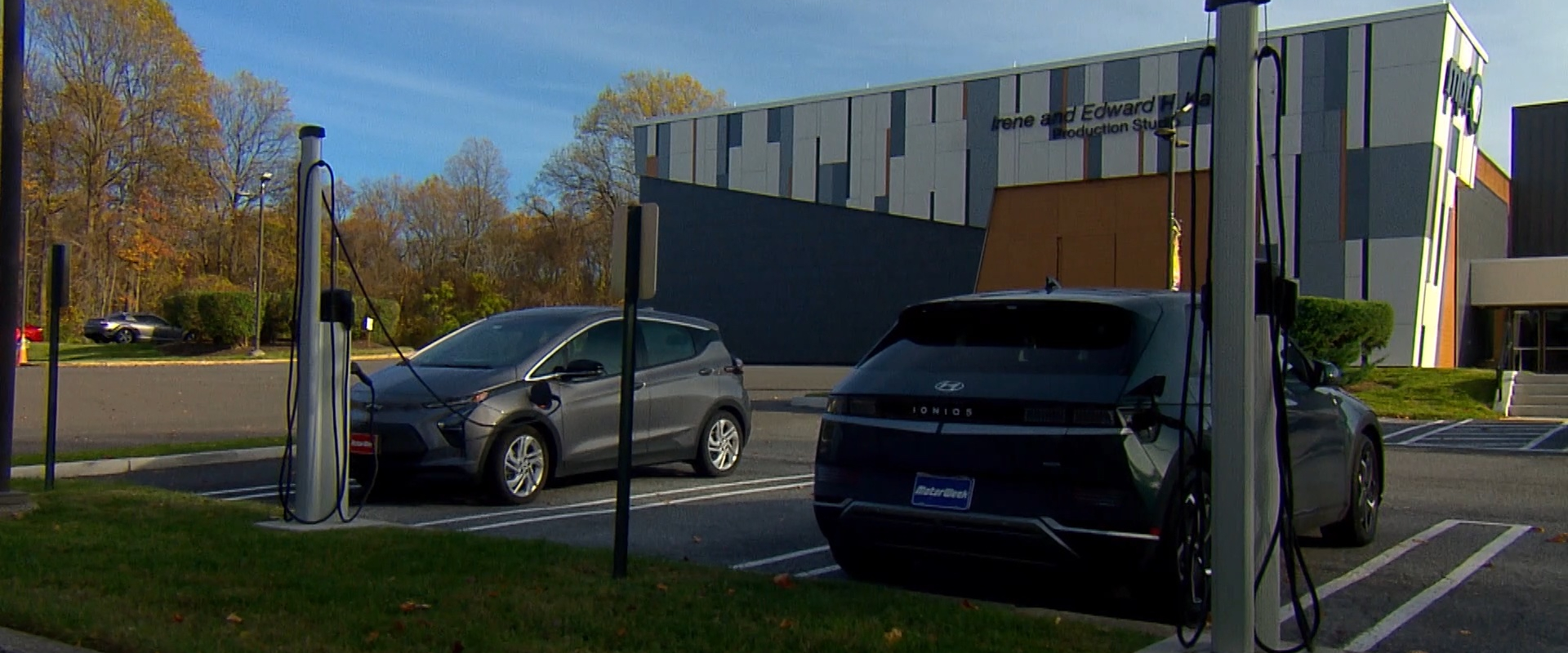Biden-Harris Administration Sets Emissions Standards; Details Electric and Hybrid Vehicle Rollout
March 21, 2024The Biden-Harris administration, along with the U.S. Environmental Protection Agency, has finalized their future pollution standards for American automobiles, phasing in between the 2027 and 2032 model years. These new guidelines are less strict than those previously proposed, but would likely result in a majority of vehicles sold being electric or hybrid.
These guidelines, over time, limit the amount of tailpipe emissions permitted from passenger cars, light trucks and medium-duty vehicles. In the Agency’s official regulation, one proposed solution is for 56% of new vehicles sold by 2032 to be fully electric (EVs), with at least another 13% being plug-in gasoline-electric hybrids (PHEVs).
According to the Agency, these new standards can cut carbon emissions by more than 7 billion tons and provide “nearly $100 billion of annual net benefits to society, including $13 billion of annual public health benefits due to improved air quality, and $62 billion in reduced annual fuel costs, and maintenance and repair costs for drivers.” Furthermore, it was stated that these standards will provide a more certain forecast for the auto industry. It is also believed that these standards will result in an upswing of U.S. auto manufacturing, creating more job opportunities for current and future autoworkers.
Currently, plug-in vehicles, EVs and PHEVs make up about 10% of the U.S. light duty vehicle market. Estimates are that number would have to triple to 30% in 2030 to meet the proposed regulations. Automakers and dealers have been complaining that both California and pending Federal regulations are ahead of demand and that it is unlikely consumers will buy or lease enough plug-in vehicles to reach the 2027-2032 goals without more incentives and a substantial expansion of public charging infrastructure. Currently, only about two dozen new vehicles are eligible for the full $7,500 federal tax incentive for a purchase, and another 10 qualify for $3,750 in incentives. Those eligibility numbers expand for customers that choose to lease. More vehicles are also expected to qualify for the full tax incentives in the years ahead.
Nothing in the proposed standards will affect the used car market for internal combustion powered vehicles, so they will continue to be able to be bought and sold as now.






